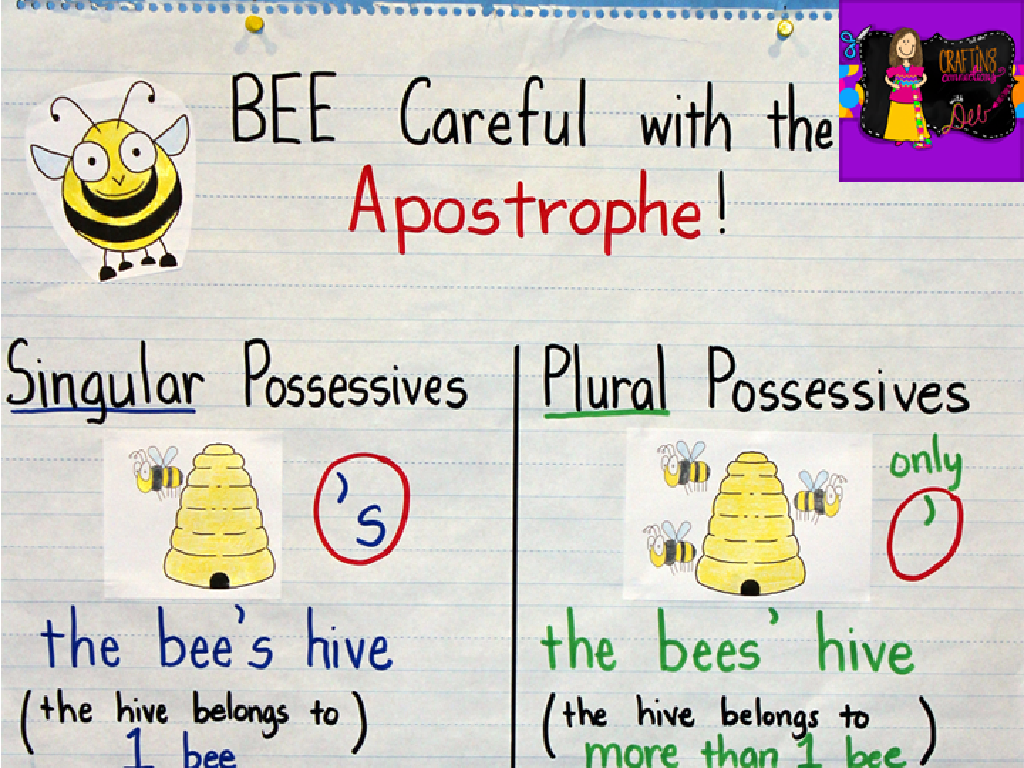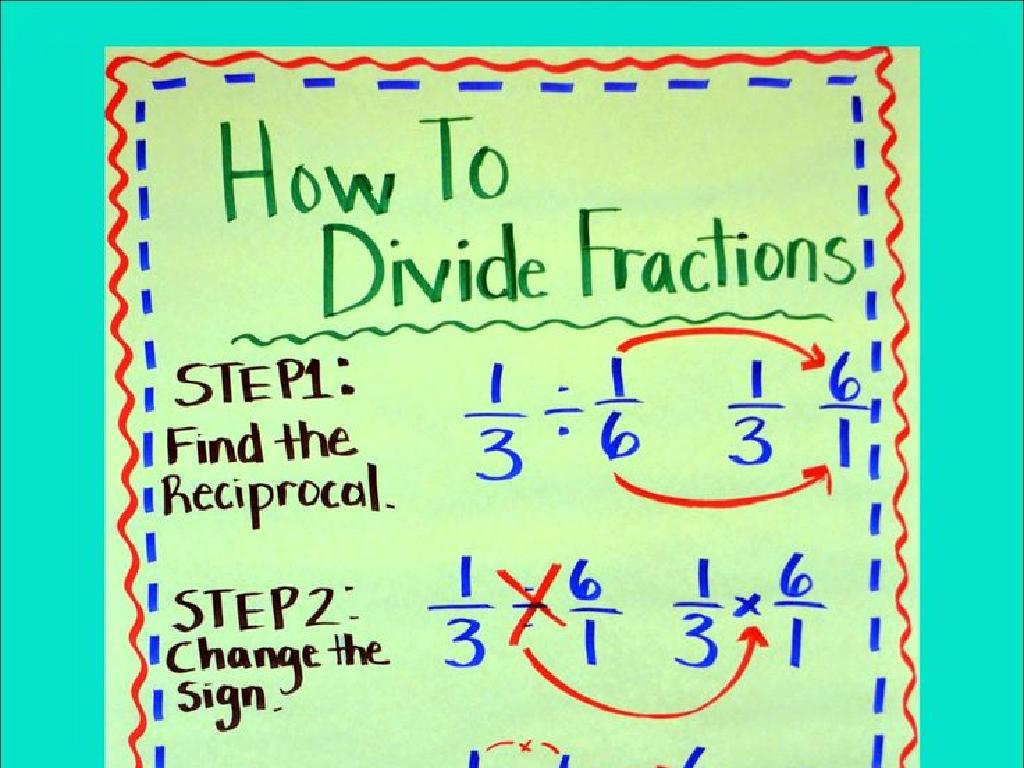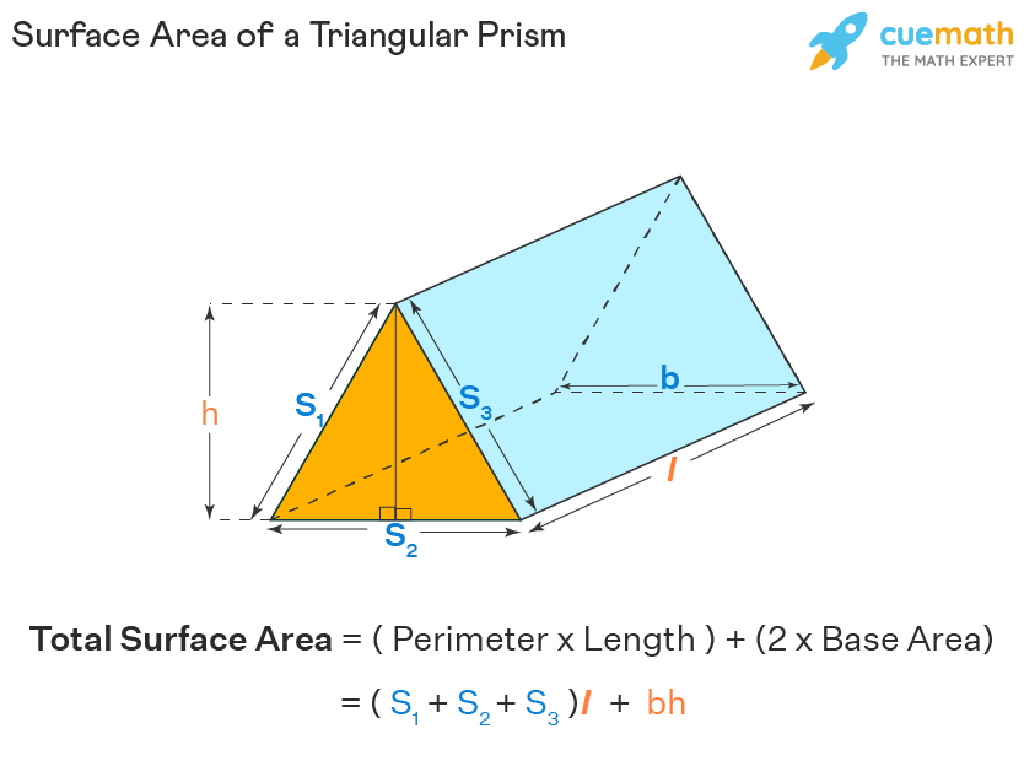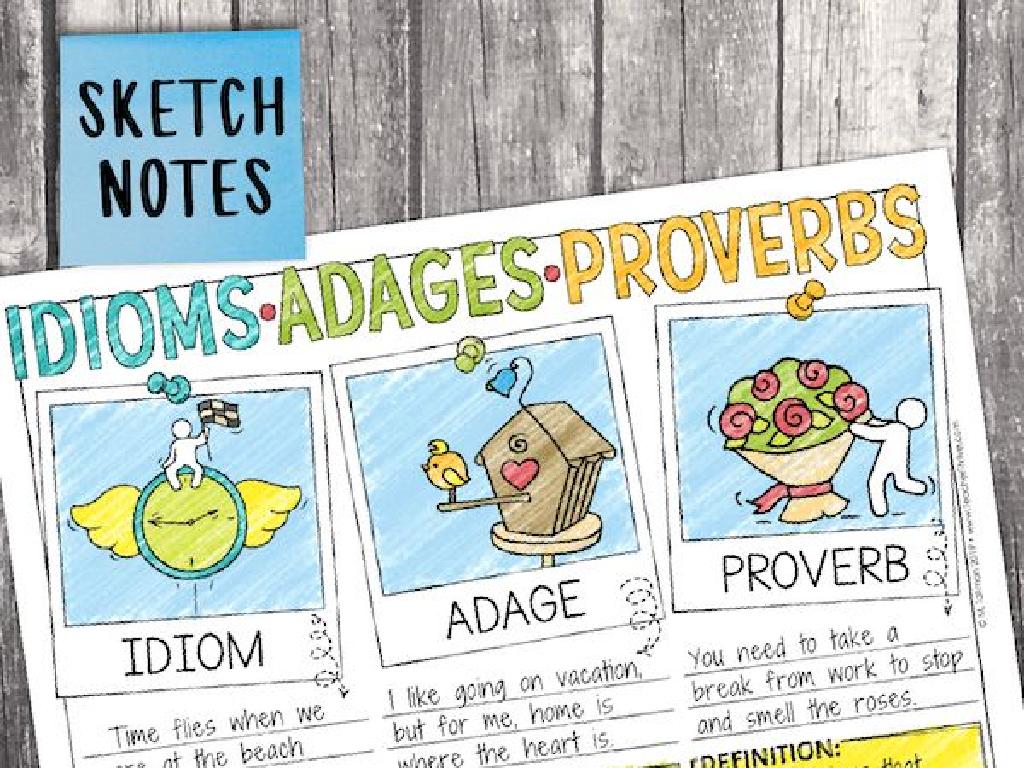Transitions With Conjunctive Adverbs
Subject: Language arts
Grade: Seventh grade
Topic: Writing Clearly And Concisely
Please LOG IN to download the presentation. Access is available to registered users only.
View More Content
Mastering Transitions with Conjunctive Adverbs
– What are conjunctive adverbs?
– Words that join independent clauses to show the relationship.
– Role in clear writing
– They make writing flow logically, connecting thoughts.
– Examples of conjunctive adverbs
– ‘However’, ‘therefore’, ‘moreover’, ‘consequently’, etc.
– Practicing concise communication
– Use them to write more effectively and avoid misunderstandings.
|
This slide introduces the concept of conjunctive adverbs and their importance in creating clear and concise writing, which is crucial for effective communication. Explain that conjunctive adverbs are not just connectors, but they also provide a smooth transition between ideas, indicating relationships like contrast, cause, and effect, or sequence. Provide examples and encourage students to think of situations where clear writing is essential, such as giving instructions or expressing an opinion. Instruct students to practice using these adverbs in their writing to enhance clarity and coherence.
Exploring Conjunctive Adverbs
– Define conjunctive adverbs
– Words that connect clauses, e.g., ‘however’, ‘therefore’
– Examples: however, therefore
– ‘However’ shows contrast, ‘therefore’ indicates a result
– Contrast with conjunctions
– Unlike ‘and’, ‘but’, they often need a semicolon before them
– Usage in writing
– Improve flow and clarity in writing by showing relationships
|
Conjunctive adverbs are tools that writers use to join independent clauses together and show the relationship between them. They serve a similar function to conjunctions but are used differently in sentence structure. While conjunctions like ‘and’ or ‘but’ typically join clauses without additional punctuation, conjunctive adverbs like ‘however’ or ‘therefore’ often require a semicolon before them and a comma after. It’s important for students to recognize these differences and learn how to use conjunctive adverbs correctly to improve the flow and clarity of their writing. Provide examples and encourage students to create sentences using conjunctive adverbs to solidify their understanding.
Using Conjunctive Adverbs
– Complex ideas with conjunctive adverbs
– They link ideas showing contrast, cause, condition, etc.
– Example: ‘She was tired; however, she finished her homework.’
– ‘however’ shows contrast between tiredness and completing homework
– Punctuating conjunctive adverbs
– Use a semicolon before and a comma after the adverb
– Practice creating sentences
– Write sentences using ‘therefore’, ‘meanwhile’, ‘consequently’
|
Conjunctive adverbs are tools that help create complex relationships between ideas, indicating contrast, cause, condition, or sequence. When using them, punctuation is key: a semicolon often precedes the adverb, and a comma follows it. Provide students with examples of conjunctive adverbs in sentences and have them practice punctuating them correctly. Encourage students to create their own sentences using different conjunctive adverbs to solidify their understanding of how these words function to clarify the relationship between ideas in their writing.
Activity: Identify the Conjunctive Adverbs
– Read the provided sentences
– Circle the conjunctive adverbs
– Words like ‘however’, ‘therefore’, ‘moreover’
– Discuss their role in sentences
– How do they link thoughts or actions?
– Understand idea connections
– See how adverbs create coherence in writing
|
This activity is designed to help students recognize and understand the use of conjunctive adverbs in sentence construction. Provide students with sentences that contain conjunctive adverbs and instruct them to circle these words. Discuss as a class how these adverbs function to connect ideas within a sentence and between sentences, enhancing the flow of the text. Examples of conjunctive adverbs include ‘however’, ‘therefore’, ‘moreover’, and ‘consequently’. Encourage students to think about how the meaning of the sentences changes with different conjunctive adverbs. This will deepen their understanding of how to write clearly and concisely by using conjunctive adverbs effectively.
Mastering Conjunctive Adverbs
– Choosing the right conjunctive adverb
– Match the adverb to the relationship you want to show, like ‘however’ for contrast.
– Vary writing with different adverbs
– Use a variety like ‘furthermore’, ‘meanwhile’, ‘consequently’ to keep writing interesting.
– Avoid overusing conjunctive adverbs
– Using them sparingly prevents confusion and keeps writing clear.
– Maintaining clarity in writing
|
This slide aims to teach students how to effectively use conjunctive adverbs to enhance their writing. It’s important to explain that conjunctive adverbs link independent clauses and show the relationship between them, such as addition, contrast, or cause and effect. Provide examples of how to choose the appropriate conjunctive adverb based on the intended meaning. Encourage students to diversify their use of conjunctive adverbs to avoid repetition and maintain the reader’s interest. However, caution them against overuse, which can lead to convoluted sentences and obscure the main point. The goal is to achieve a balance that promotes clarity and coherence in their writing.
Class Activity: Crafting Clear Sentences
– Pair up with a classmate
– Write two short paragraphs together
– Use conjunctive adverbs for connection
– Examples: ‘however’, ‘therefore’, ‘moreover’
– Share and discuss with the class
|
This activity is designed to enhance students’ understanding of conjunctive adverbs and their role in creating clear and concise writing. Students will pair up to encourage collaboration. They should write two short paragraphs on any topic they choose, making sure to use conjunctive adverbs to connect sentences. After writing, each pair will share their paragraphs with the class, and together, they will discuss how the use of conjunctive adverbs affects the clarity of the writing. Possible conjunctive adverbs to use include ‘however’, ‘therefore’, ‘moreover’, ‘consequently’, etc. The teacher should provide feedback on their usage and guide the discussion to highlight effective writing techniques.
Concluding Conjunctive Adverbs & Homework
– Recap: Why conjunctive adverbs matter
– They link ideas and show relationships between sentences or paragraphs.
– Homework: Craft a short essay
– Include conjunctive adverbs to improve flow and clarity.
– Use conjunctive adverbs effectively
– Examples: ‘however’, ‘therefore’, ‘moreover’, ‘consequently’.
– Next class: Reading Comprehension
|
As we wrap up today’s lesson on conjunctive adverbs, remind students of their importance in creating coherent and sophisticated writing. For homework, students should write a short essay on a topic of their choice, making sure to incorporate conjunctive adverbs to connect thoughts and justify their points. This will help them practice using these adverbs in context. In the next class, we’ll shift our focus to reading comprehension strategies, which will build on their understanding of how writers use language to convey meaning. Encourage students to bring questions or examples of conjunctive adverbs they found challenging or interesting.





